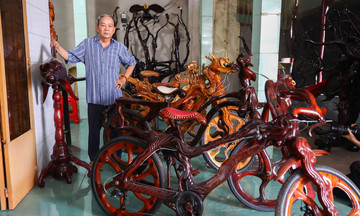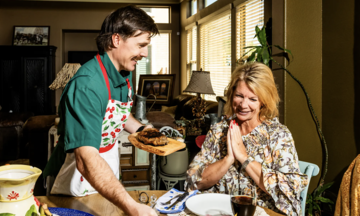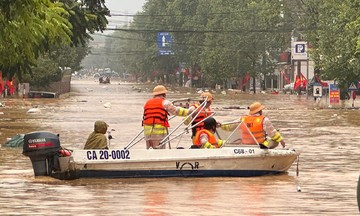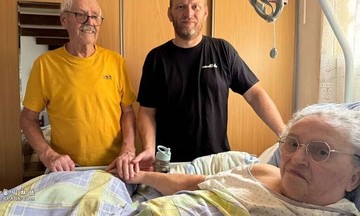In New Orleans, the oppressive heat has residents saying there are only two seasons: summer and short breaks between heat waves.
Dr. Jeffrey Elder, director of emergency management medical services at the University Medical Center New Orleans, regularly treats patients suffering from heatstroke. "It might be an elderly person who isn't using their air conditioning, either because they can't afford it or it's broken," he said. "They're at home alone and found unconscious from heatstroke."
When patients arrive at the emergency room, their condition is often critical. They are disoriented, sometimes unconscious, with body temperatures of 103°F (39.4°C) or higher. The first course of action is to cool them down in an ice bath.
Climate change is making summers hotter, shattering global temperature records. Experts warn that heat waves will become longer and more frequent. As a result, the health of Americans is increasingly threatened as they struggle to pay for air conditioning.
In 2020, nearly 34 million U.S. households—almost 25%—faced energy insecurity, meaning they couldn't afford basic energy needs like air conditioning and heating, according to federal statistics.
"Access to air conditioning is crucial," Elder said. "It's not just about having a unit, but having one that works well, in a well-constructed home."
 |
Families in Los Angeles, California, use fans as an alternative to air conditioning during record heat in 2025. Photo: G.I |
Families in Los Angeles, California, use fans as an alternative to air conditioning during record heat in 2025. Photo: G.I
Mark Wolfe, an energy economist, highlighted the danger of prolonged heat exposure. "You can be in an overheated apartment for a day, but you can't be there for a week," he said. "If it goes on, you can die."
Almost 25 million American families reported cutting back on food or medicine to pay energy bills. Around 12 million households (10%) have had their power shut off due to unpaid bills. According to the National Weather Service, extreme heat causes more deaths in the U.S. than hurricanes, tornadoes, and earthquakes combined.
Low-income and minority communities are disproportionately affected by extreme heat. These areas often have less tree cover and higher rates of underlying health conditions like heart disease and diabetes.
For Sherita Hamlin, a mother of five in Chicago, summers with temperatures above 100°F (37.8°C) are a constant struggle between putting food on the table and paying the air conditioning bill. "We have to cut back on other things, sometimes even relying on food banks to help free up money for the electricity bill," she shared.
The situation is even more dire for some families. Sociologist Diana Hernandez cited the case of a young girl in Philadelphia with eczema, scratching herself until she bled due to the heat, but whose family was afraid to use the air conditioner for fear of the cost.
Cooling costs in the U.S. are projected to be the highest in 12 years in 2025, but a vital federal assistance program is set to be cut. The Low Income Home Energy Assistance Program (LIHEAP), which currently helps almost 6 million households, is scheduled to end in 5/2025.
Activists warn that these cuts could be disastrous. "People will die if that program is cut," said Dr. Jaime Madrigano, an associate professor at Johns Hopkins University.
Minh Phuong (BBC)












